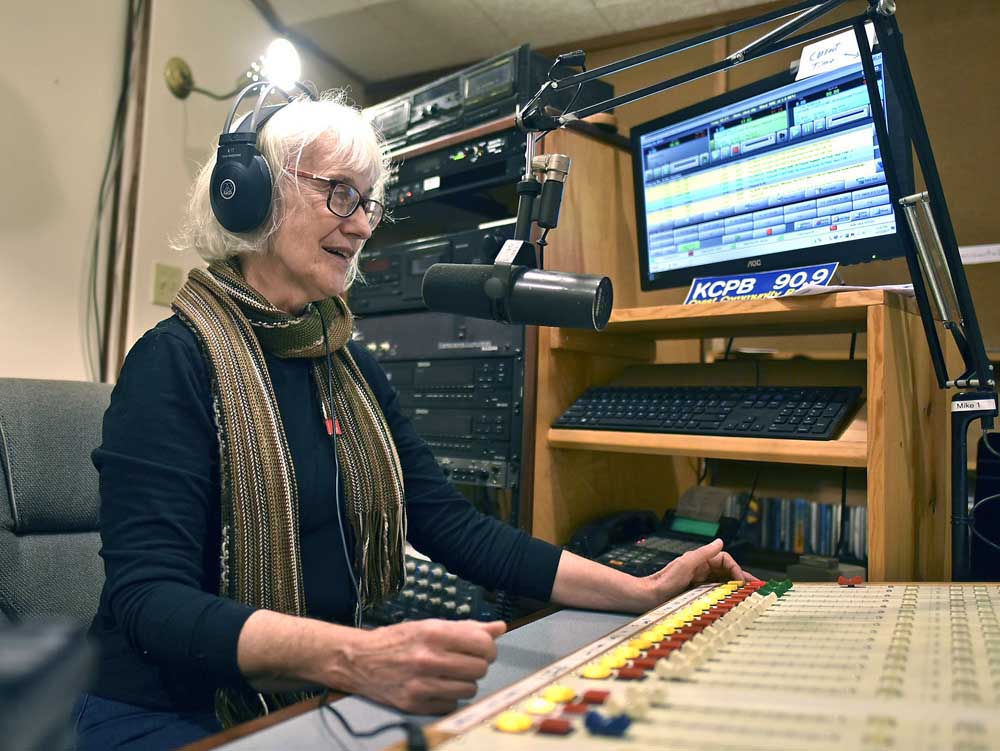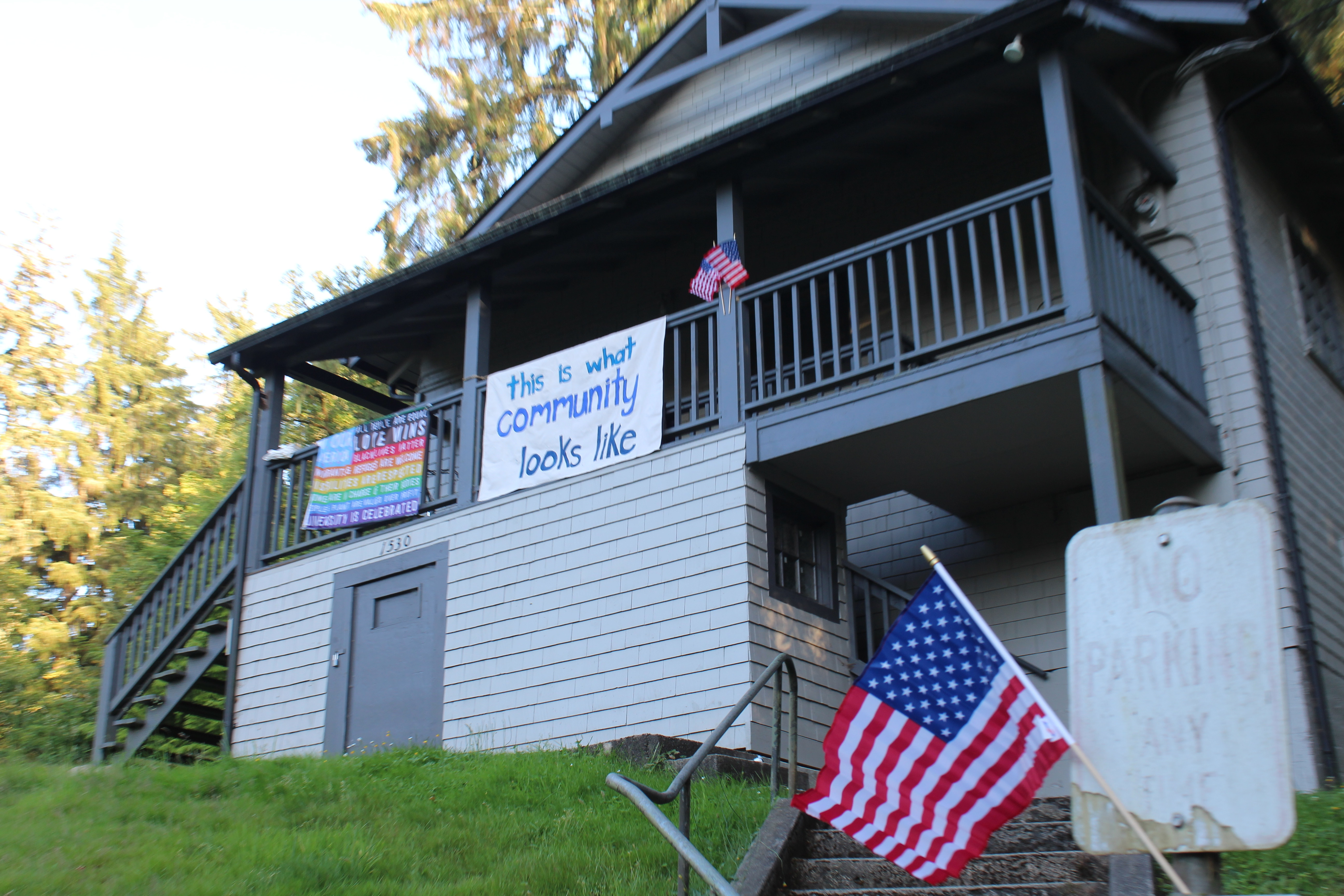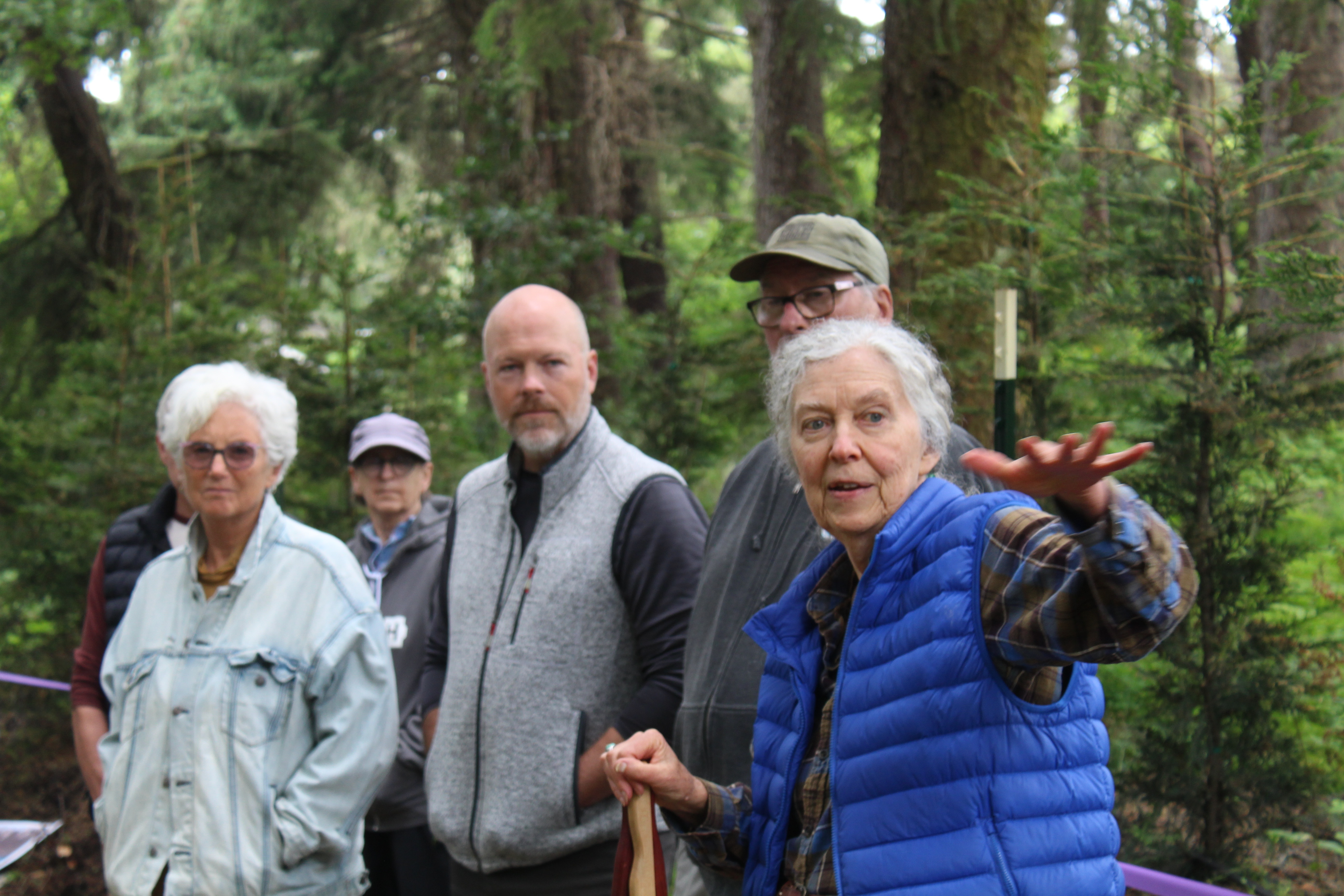The Alvord Desert beckoned us
Published 5:00 pm Thursday, May 19, 2005
Travel is the best tonic. It gets us out of our ruts and enlarges our world. For as much as I love to travel, I confess that I had never visited one of Oregon’s most awesome sights, the Alvord Desert and the Steens Mountains, until last weekend. Having spent all but 12 years of my life in Oregon, those two destinations were large pieces of unfinished business.
Trending
Our friend Craig Wisti, while he was single, made the trip more than once. While sitting outside with Craig and his wife during our February false spring, we made an impetuous decision to see the Steens in May. Mind-expanding doesn’t do justice to this travel experience. The vast landscape beats anything in a John Ford western.Aesthetically, the Steens and the desert are an absolute knock-out. I love a good Western, but the John Ford and Howard Hawks films shot in Monument Valley don’t hold a candle to what we saw.
The novelist H.L. Davis’ descriptions of Eastern Oregon speak to what I saw. This is from Honey in the Horn: “The grass country was quiet, because there were only service berry and scrub juniper bushes to catch the wind and the bunch grass cushioned the earth against sound. A horse galloping could not be heard a hundred yards off, and people who lived there long got used to dropping things and not expecting any noise when they hit.”
Davis’ story was set in 1905-1906. One hundred years later, the basic concept of being alone with nature is relatively unchanged.
Trending
Leaving shortly after noon on Thursday, we headed for Bend, by way of Warm Springs. We saw the Warm Springs Indians’ museum, the striking beauty of Lake Billy Chinook and the picture-book geology of the Metolius River Gorge.
Seeing Peter French’s round barn was my highlight of the trip. The cattle baron French used this barn and two others for breaking horses in the winter. Like so many fabled places that I’ve seen in photos, it is smaller in the flesh. But the prairie the Round Barn inhabits is huge. The interior is a circle built of cut lava stone that was hauled 30 miles by wagon. The outer walls and roof are wood. The carpentry is exquisite.
Another wonder we visited is Crane High School, Oregon’s only public boarding school. It gathers students from a vast catchment area. Just as striking was the public school in Frenchglen, the town where we spent two nights. Looking in the school’s front window after 5 p.m., we were beckoned in by a man who is a component of the husband-wife teaching team. His wife is Carolyn Koskela, who grew up in Warrenton. And her husband, Chuck Morlan, is a good friend of Tom Bennett of our news staff. Small world.
Chuck teaches K through 3 in one room, and his wife teaches 4 through 8 in another. The school is well wired for computers, and it has a T-1 line. The school also contains a good library and a great gymnasium. The teachers’ daughter spends her weeks as a boarder at Crane High School.
Across the street from the school is the Frenchglen Hotel, a cozy hostelry, which dates to about 1916. Dinners are served family style and the bathrooms are down the hall. The cool night air coming through the bedroom windows was a reminder that we’d come to a different place.
The hotel’s guest list included a group of birders from Idaho and others from Portland and Seattle. Over breakfast we met a Coos Bay man and his wife who were living in the house that Craig Wisti’s parents built. Over dinner we met a Klamath Falls prosecutor whose aunt is Linda Oldenkamp of Astoria. Small world indeed.
Every time we stepped outdoors or from our vehicle, our noses picked up different fragrances. We saw myriad birds and animals, including a Golden Eagle, a Great Horned Owl and its juvenile. We saw cattle being branded at the Roaring Springs Ranch. We soaked in the hot springs at Alvord Desert.
The rock outcroppings and the dramatic uplifts speak to me in a way that forested hills do not. The animism of the native culture seems to me a very natural response to that evocative land.
Seeing expansive landscape reminds me of Gertrude Stein’s aphorism that, “In the United States, there is more space where nobody is than where anybody is. That is what makes America what it is.”
-S.A.F.









